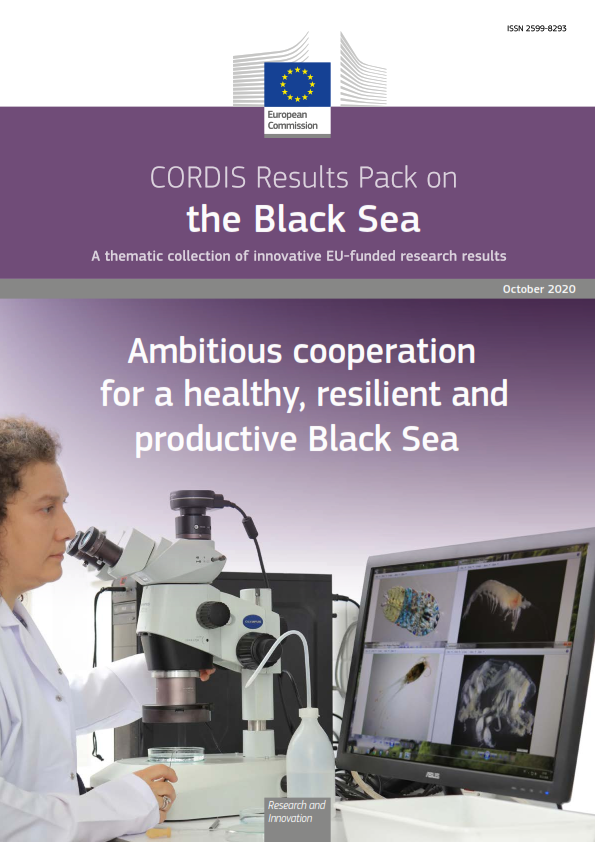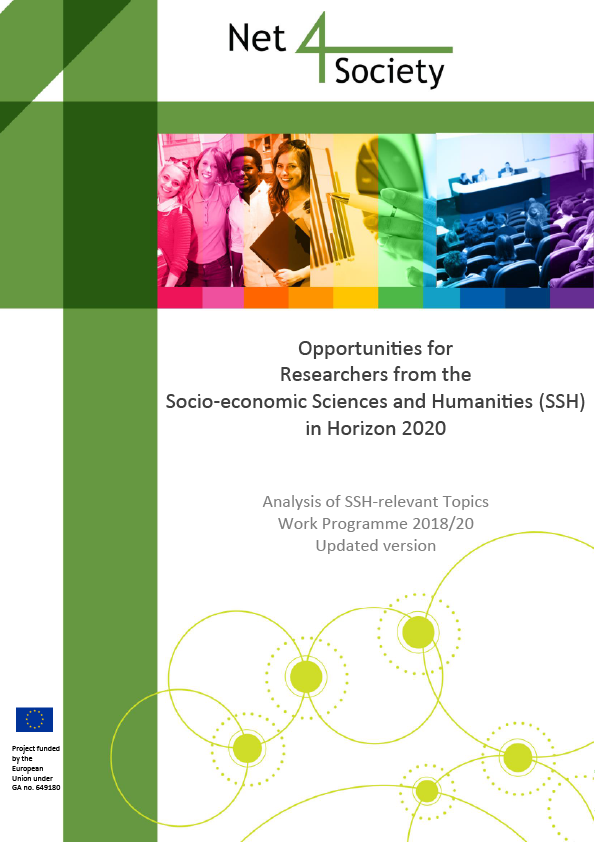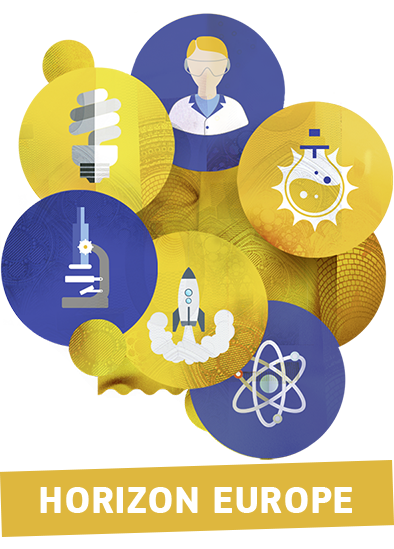Implemented as a distributed infrastructure in the Czech Republic, Hungary and Romania, ELI will be the first infrastructure identified by the European Strategy Forum on Research Infrastructures (ESFRI) to be located in new Member States. With an implementation budget of over €845 million largely co-financed by structural funds, the project represents an unprecedented example of how research infrastructures can bridge the objectives of scientific excellence, regional development and European cohesion.



A revolution in laser science
Listed on the ESFRI Roadmap as one of the priority research infrastructure projects for Europe, the Extreme-Light-Infrastructure (ELI) will bring a revolution to laser science by paving the way to new regimes of optics and physics by producing light intensities higher by 3 to 6 orders of magnitude than today’s levels. Based on a new generation of laser technologies delivering ultra-short ultra-intense pulses, ELI will open exciting research opportunities in a wide range of disciplines, from material sciences, biochemistry, medicine, nanotechnologies, to nuclear physics, astrophysics, and cosmology. Resulting from a pan-European effort, ELI will be the first international laser infrastructure fully dedicated to external users and will provide best conditions of access for world-class experiments.
EU research funding supported the launch of ELI
Funded by Directorate-General for Research & Innovation of the European Commission and involving more than 40 European academic and research institutions, the preparatory phase of ELI (€6 million: 2007-2010) proved successful in gaining growing interest and support from the international scientific community and in bringing the project to a level of scientific, technical, legal and financial maturity enabling its implementation.
Three complementary facilities in the Czech Republic, Hungary and Romania
One key milestone of this fast development was the decision of the 13 European funding agencies represented in the project on the location and conditions of implementation of ELI. In October 2009, the Steering Committee of the ELI Preparatory Phase Consortium gave the mandate to the Czech Republic, Hungary and Romania to implement ELI as a distributed infrastructure consisting of three complementary facilities to be implemented by end 2015 respectively in Dolní Břežany (south of Prague), Szeged (Hungary), and Măgurele (south-west of Bucharest). The ELI facilities plan to form a single research infrastructure operated under the legal umbrella of a European Research Infrastructure Consortium (ERIC). An interim structure, the ELI Delivery Consortium, will be set up by the host countries to take over the Preparatory Phase Consortium, to coordinate actions at the European level, and to organise negotiations with partner countries on the establishment of the ELI-ERIC.
Making the best use of Structural Funds
ELI’s novelty goes beyond science. Funded by means of structural funds, the project represents a remarkable example of how the instruments of the EU’s regional policy can be used to serve both the objective of economic cohesion and the development of the European Research Area. The three ELI facilities will be co-funded by structural funds from the European Regional Development Fund (ERDF). The ELI Beamlines facility, located in the Czech Republic, was approved for funding by the European Commission on 20 April 2011 (€ 236 million, out of the total € 278 million budget, being funded by structural funds). The ELI Nuclear Physics facility is granted € 180 million funding by the European Commission for its first phase until 2015 (EC Decision on 18 September 2012). It is located in Măgurele (South of Bucharest) in Romania and is expected to be operational in 2015. The total budget of ELI-NP amounts to € 356.2 million. The ELI Attosecond facility, with a total budget of about € 245 million, in Szeged, Hungary, will submit a grant application to the European Commission in autumn 2012.
High scientific and economic impact expected for the hosting regions
Resulting from a truly pan-European effort, the project is expected to deliver high scientific and economic impact at both European and regional levels: the development of the local scientific communities of course, but also numerous opportunities of technological collaboration and knowledge transfer between the research community and the industry, with huge potential economic impact for the hosting regions, but also for society at large, in particular in the field of material sciences and medicine. Collaboration with the local authorities and the actors of the research and innovation system will be a key success factor in the three countries to develop an environment enabling the diffusion of ELI’s benefits and their sustainable appropriation by the region. At the level of the European Research Area, ELI will represent a significant and long-term contribution for the integration of Europe’s research system, for a more balanced distribution of research capacities in the EU and, eventually, an opportunity for more and better mobility of researchers and knowledge throughout the continent.
Contact persons:
ELI Beamlines facility: Vlastimil Růžička (ruzickav@fzu.cz)
ELI Nuclear Physics facility: Nicolae-Victor Zamfir (dirgen@nipne.ro)
ELI Attosecond Laser Pulse Source facility: Lorant Lehrner (lorant.lehrner@eli-hu.hu)
ELI Delivery Consortium: Florian Gliksohn (florian.gliksohn@eli-laser.eu)









